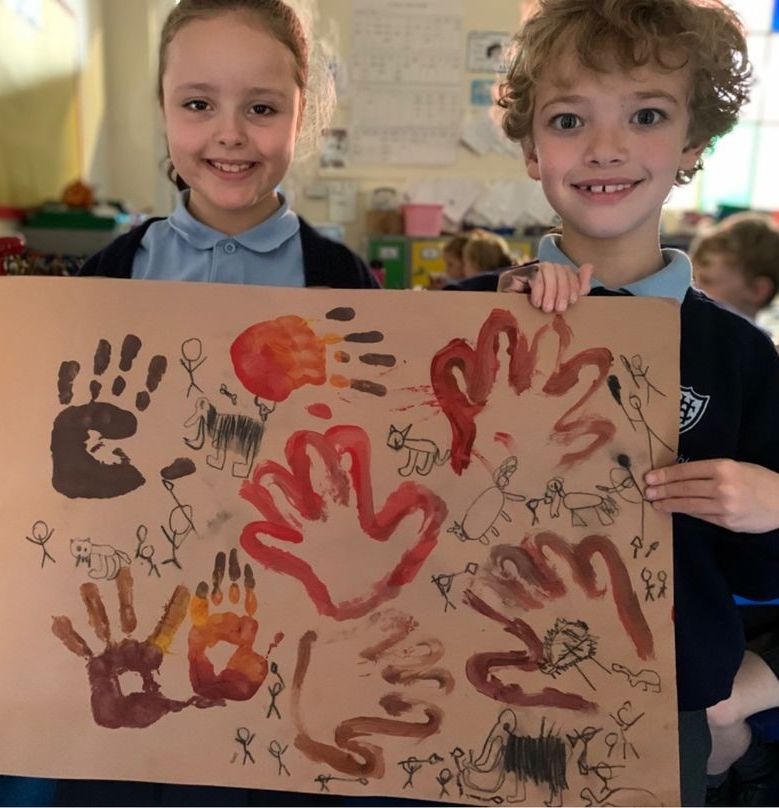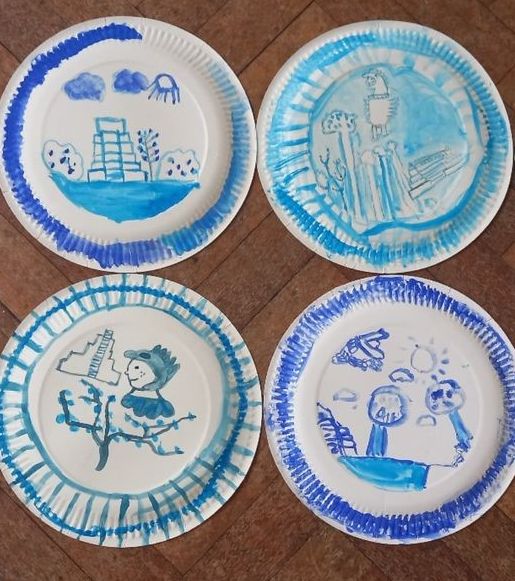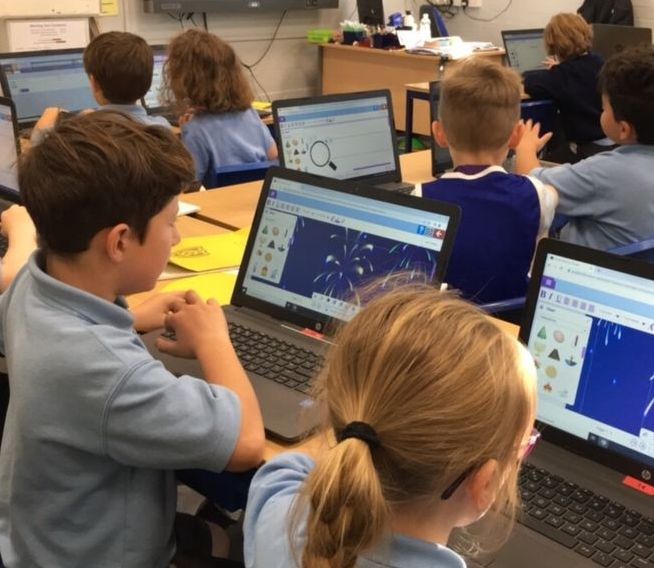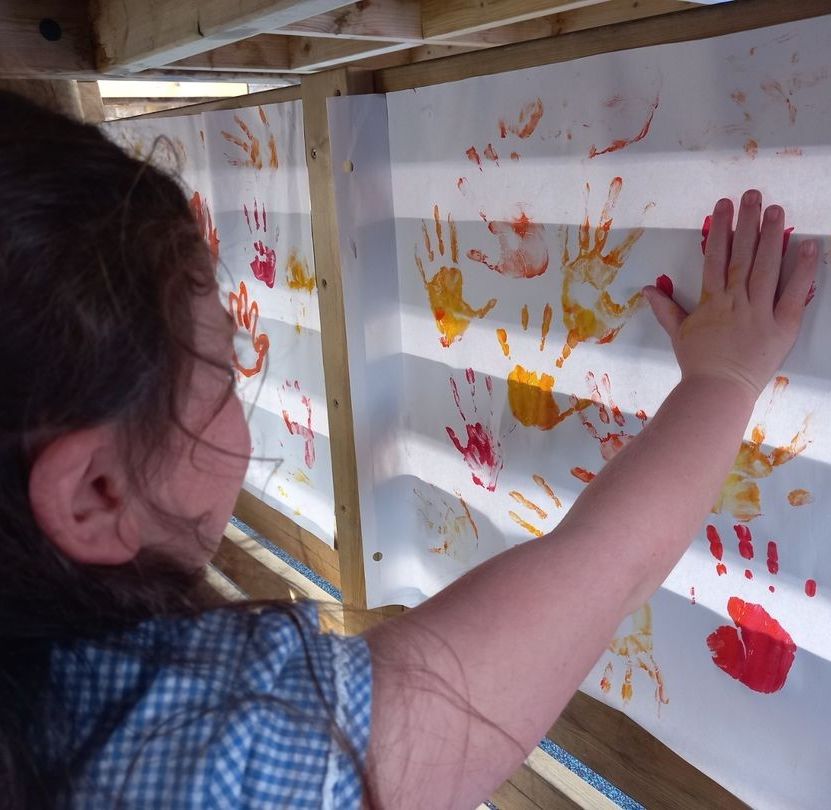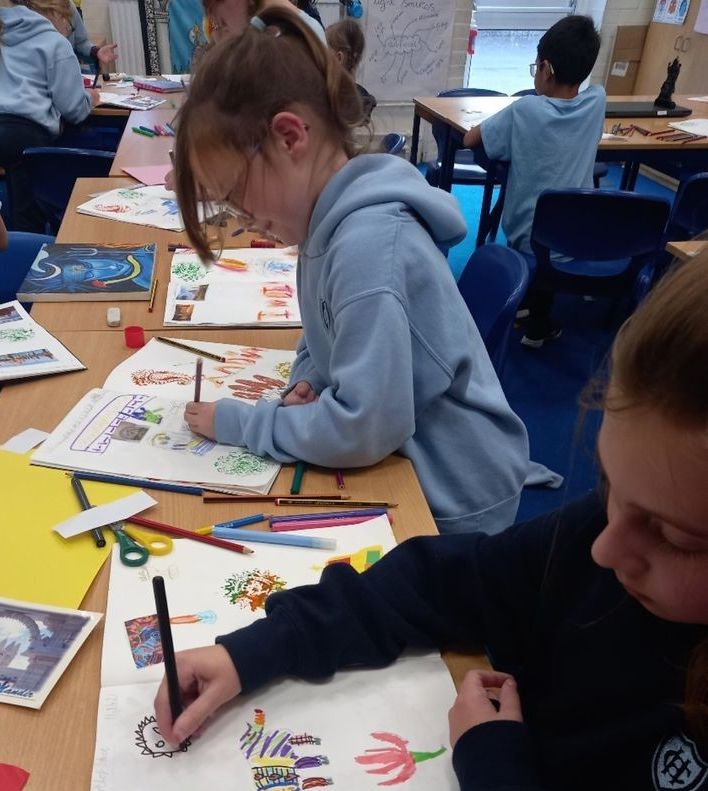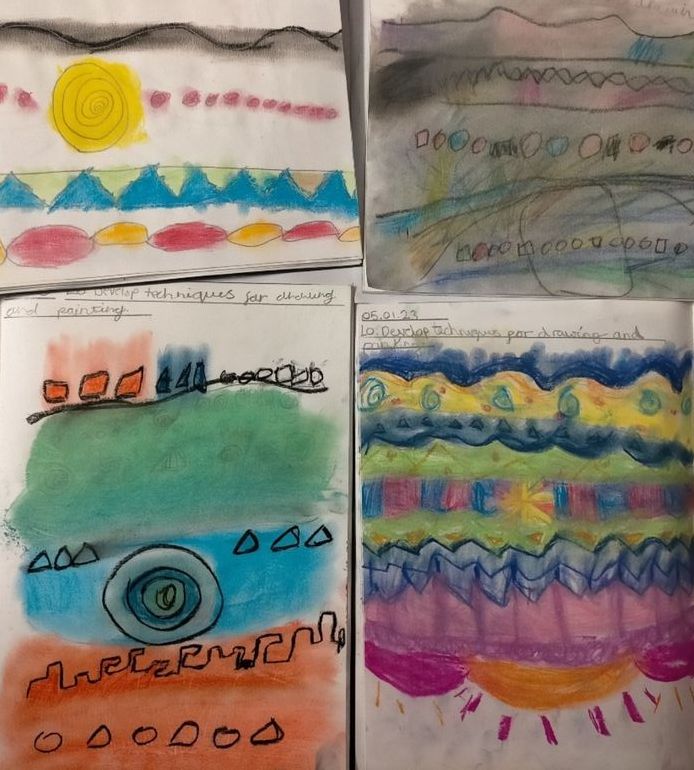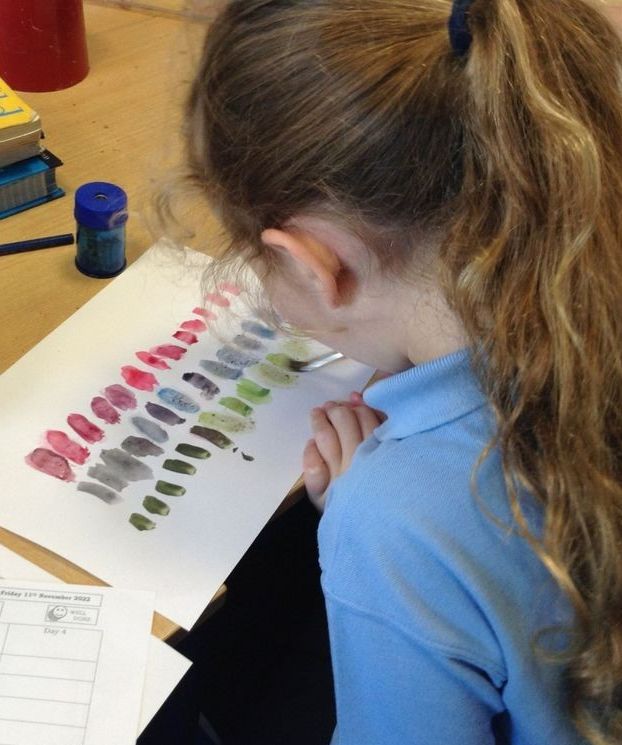Art & Design
Vision Statement
Intention: At Chalkwell Hall Junior School, we aim to inspire pupils and develop their confidence to experiment and invent their own works of art.
The pupils will follow the Art process of exploring the topic, generating ideas, exploring and developing those ideas using their sketchbooks, refining those ideas and choosing the best ones, creating a final piece, evaluating and eventually displaying their creation. They will do this by covering the four strands of making skills, formal elements (line, shape, tone, texture, pattern, and colour), knowledge of artists and evaluation.
The pupils will be taught Art and Design in such a way that intends to give them every opportunity to develop their ability, nurture their talent and interests, express their ideas and thoughts about the world, as well as learning about the rich heritage and culture of the British Isles and beyond.
We will promote equality and diversity in Art by spotlighting the achievements of artists and designers from around the world, acknowledging and celebrating the cultural context of each individual and reflecting on this in reference to our own school.
We want to support pupils to meet the National Curriculum end of key stage attainment levels while inspiring them to create, experience, and participate in great arts and culture, including participation in local and community events.
Art and Design Rationale
National curriculum purpose of Art:
Art, craft and design embody some of the highest forms of human creativity. A high-quality Art and Design education should engage, inspire and challenge pupils, equipping them with the knowledge and skills to experiment, invent and create their own works of art, craft and design. As pupils progress, they should be able to think critically and develop a more rigorous understanding of Art and Design. They should also know how Art and Design both reflect and shape our history, and contribute to the culture, creativity and wealth of our nation.
National curriculum aims of Art and Design:
To ensure that all pupils:
• produce creative work, exploring their ideas and recording their experiences;
• become proficient in drawing, painting, sculpture and other art, craft and design techniques;
• evaluate and analyse creative works using the language of art, craft and design;
• know about great artists, craft makers and designers, and understand the historical and cultural
development of their art forms.
Art and Design rationale:
Art will help pupils to express their ideas in another form. They will:
• gain a comprehensive range of techniques, which are sequentially built upon, to enable
them to show their ideas in a wide range of materials and styles;
• understand and apply the three elements of drawing, painting and sculpture;
• to be given the opportunity to experiment and to hone their control, whilst encouraging creativity;
• discuss, give preferences, find similarities and differences between both their own work and that of
famous artists; and have an appreciation of key individuals;
• continue to use perspective and judgement and use critical thinking throughout;
• explore imagination and make connections with the wider world using their instincts through speaking
and listening skills;
• self-evaluate and reflect on learning at different stages and identify areas to improve;
• meet the end of key stage expectations outlined in the National curriculum for Art and Design.

